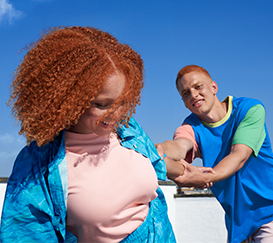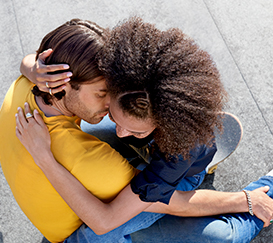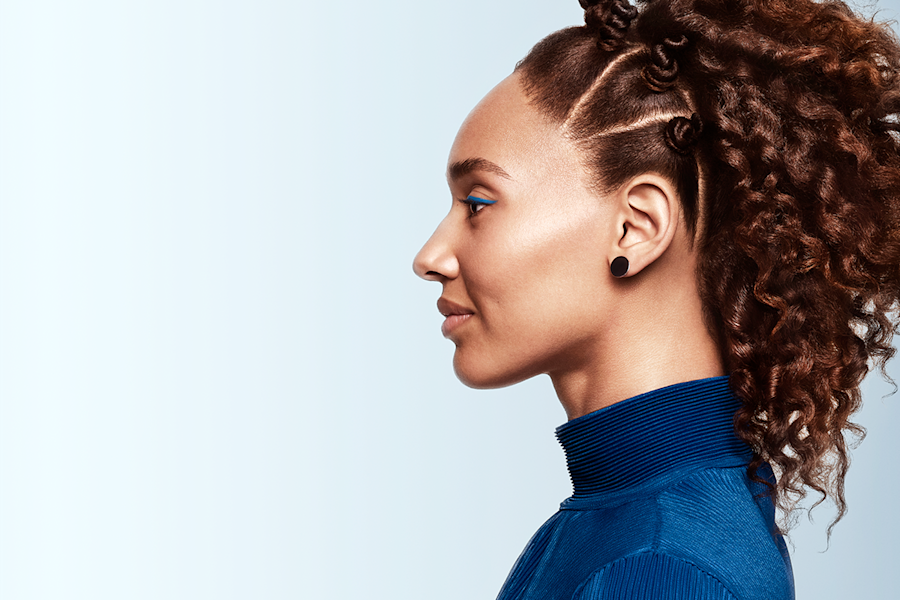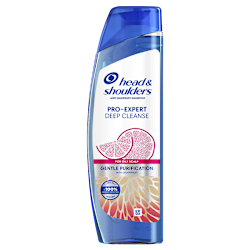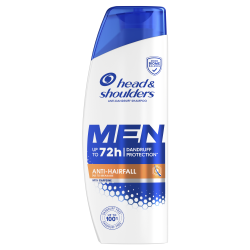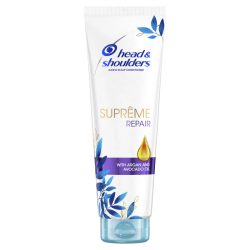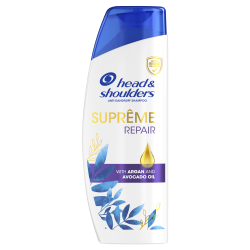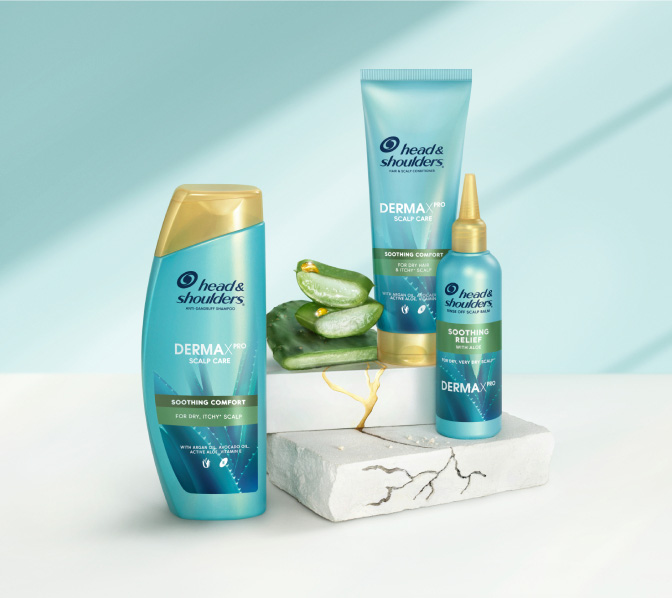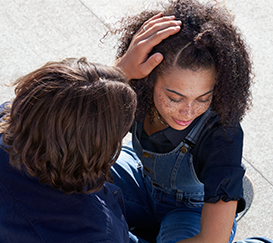Scalp Conditions
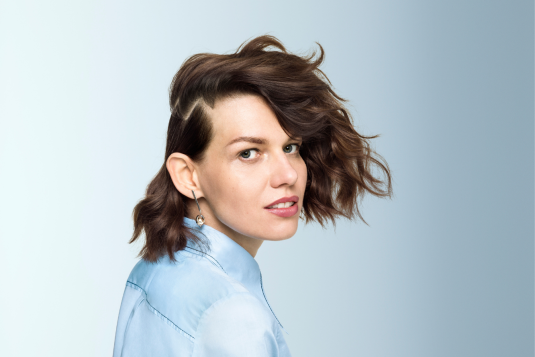
Have an itchy scalp, or flakes that just won’t go away?
You might think you’re dealing with dandruff, but it may be something else entirely.
There are several different severe scalp conditions that may be to blame, ranging from better known conditions like seborrheic dermatitis and scalp psoriasis, to rarer issues like tinea capitis and neurodermatitis.
Read our articles to help match up your symptoms and discover the best course of treatment.

